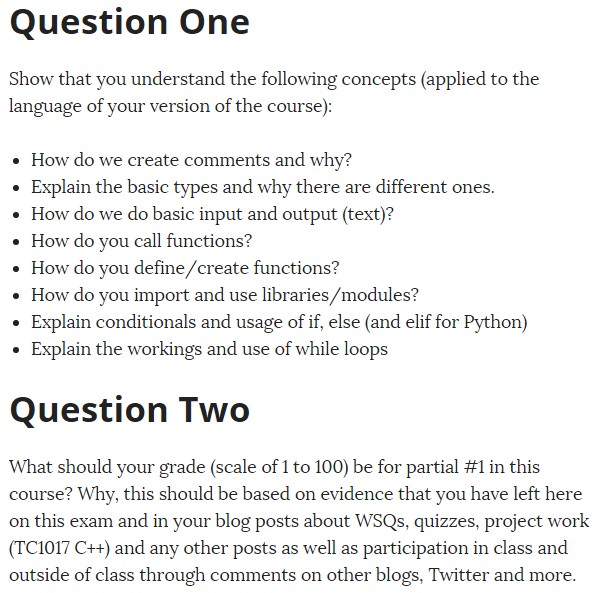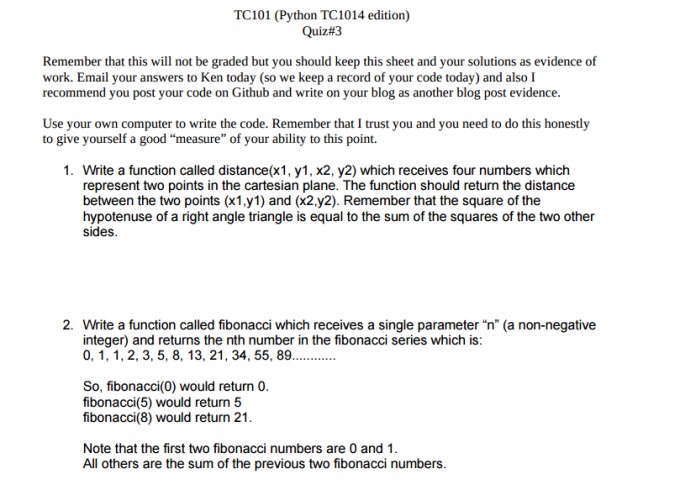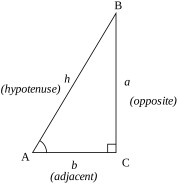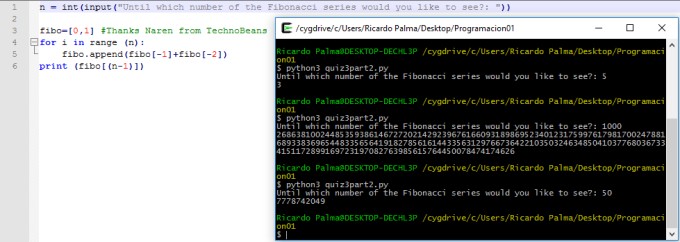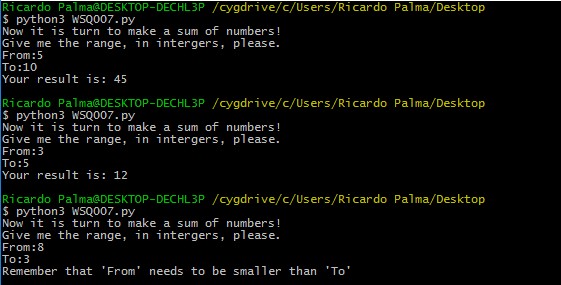For this one, we were in charge of letting the user sumbit 10 numbers and play with them. The point of this WSQ was to append the 10 numbers that the user sumbits to a list, and us to program different operations with those numbers. In this WSQ, I learned a bunch of codes and strategies. For example:
- x = [] has to be empty in order to let the user fill the x with the 10 digits he submits.
- x.append(float(input)) so the program fills x with the digits.
- import statistics so I am able to use statistics functions since the WSQ requested standar deviation. This is easier than to search for the formula and manually code it.

At any case this is how the code looks and runs , and here is the GitHub to analyse it closer. I made the comparision with a random webpage to double check it was correct.
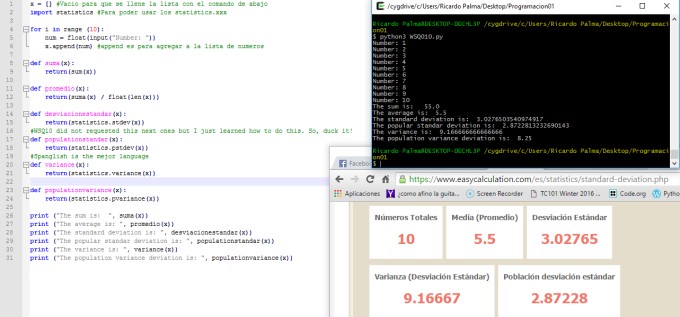
This blog is sponsored (I wish) by Jack Dolgen’s “I Will Come For You”. As part of How I Met You Mother’s soundtrack, this song is full of feelings. This song is played during one of the saddest moments of the show, episode 19 of season 6. A kid needs a hoop…






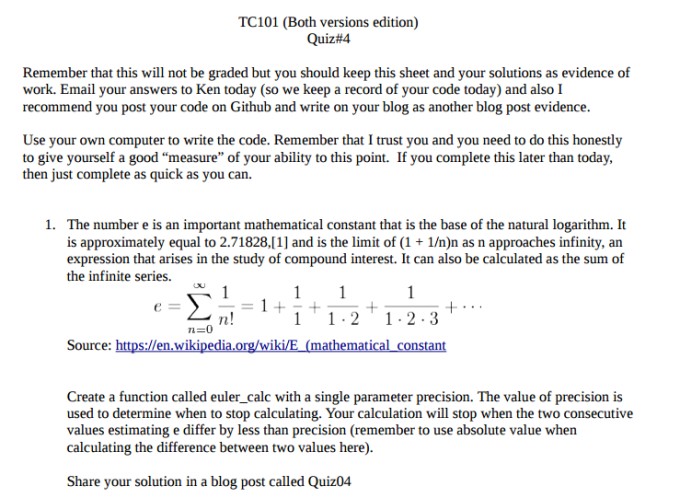
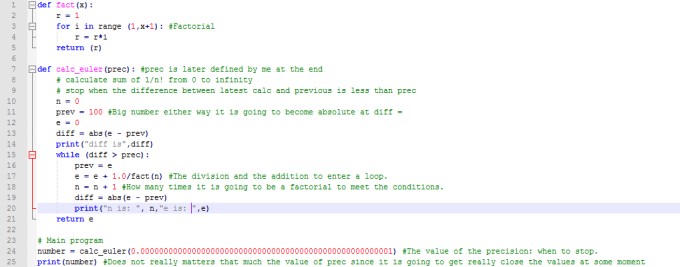
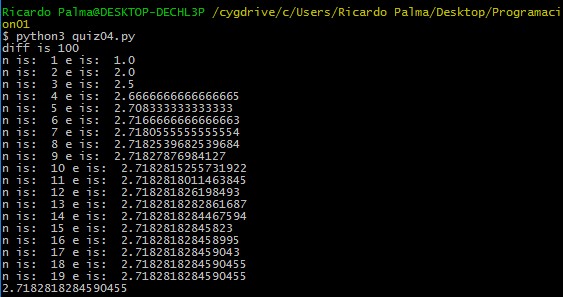


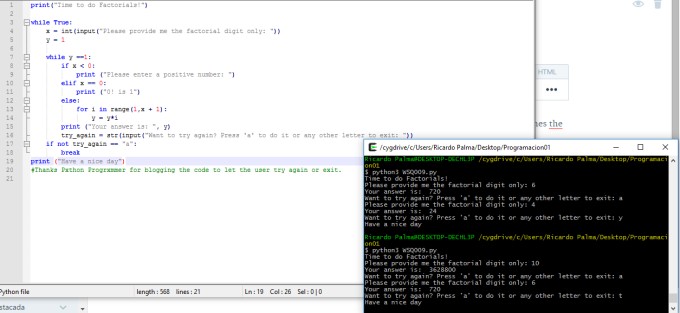




 Today the partial exame was given to us. They were all open questions to explain what you’ve learned so far. Remember that this is a prototype class for #AbolishGrade so it is not that drastic. That means that it is just to follow us on the process of learning; however, it is okay if you fail to answer the exam.
Today the partial exame was given to us. They were all open questions to explain what you’ve learned so far. Remember that this is a prototype class for #AbolishGrade so it is not that drastic. That means that it is just to follow us on the process of learning; however, it is okay if you fail to answer the exam.